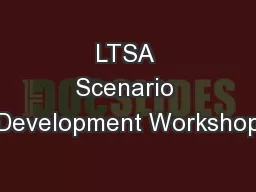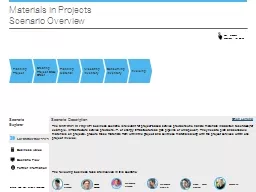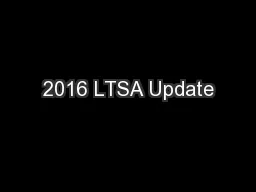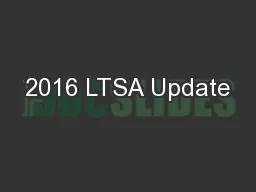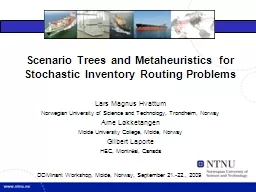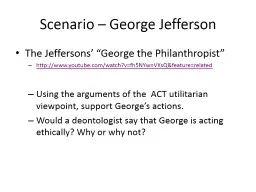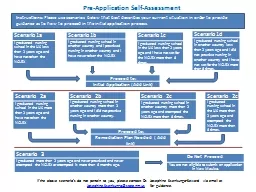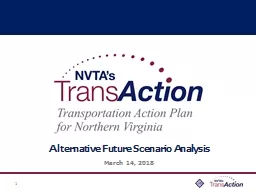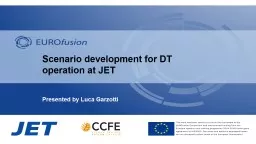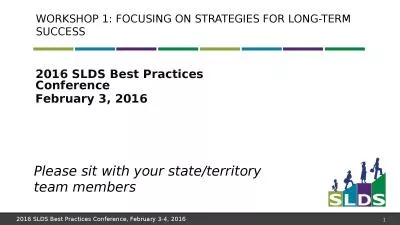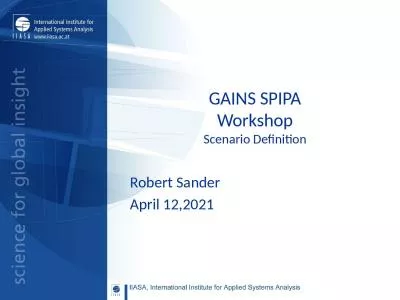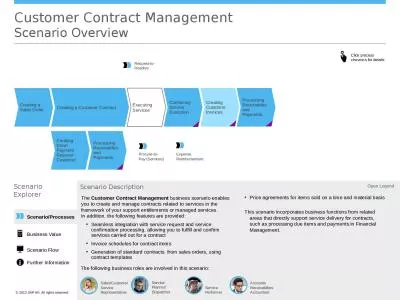PPT-LTSA Scenario Development Workshop
Author : trish-goza | Published Date : 2018-02-25
Sandeep Borkar June 2017 RPG Meeting Agenda Summary of LTSA Survey Generation Expansion Methodology Breakout sessions scenario assumptions 2018 LTSA Key drivers
Presentation Embed Code
Download Presentation
Download Presentation The PPT/PDF document "LTSA Scenario Development Workshop" is the property of its rightful owner. Permission is granted to download and print the materials on this website for personal, non-commercial use only, and to display it on your personal computer provided you do not modify the materials and that you retain all copyright notices contained in the materials. By downloading content from our website, you accept the terms of this agreement.
LTSA Scenario Development Workshop: Transcript
Download Rules Of Document
"LTSA Scenario Development Workshop"The content belongs to its owner. You may download and print it for personal use, without modification, and keep all copyright notices. By downloading, you agree to these terms.
Related Documents

